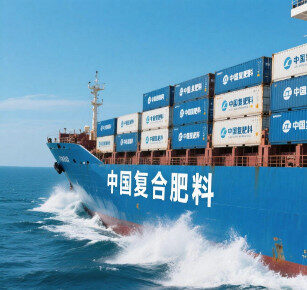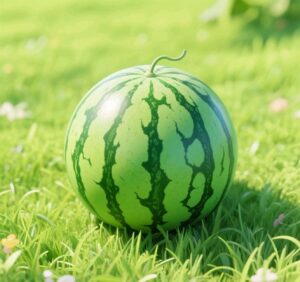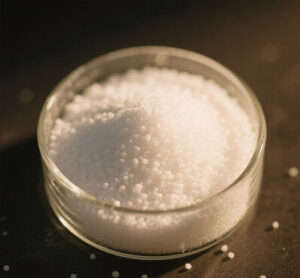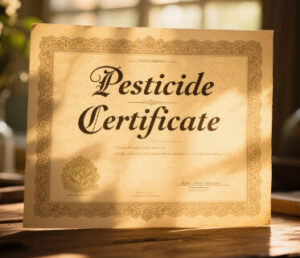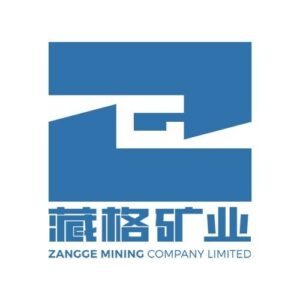China’s compound fertilizer market demonstrated remarkable resilience in the first half of 2025, characterized by cost-driven price movements and unprecedented export growth. This report examines the key drivers behind the 343% export surge and analyzes market dynamics through price trends, production data, and trade patterns.
Market Price Dynamics
The 45% sulfur-based balanced fertilizer exhibited distinct seasonal patterns:
-
Average price: RMB 2,881/ton (+1.12% YoY)
-
Price range: RMB 2,720-2,993/ton
-
Q1 stability: Post-holiday inventory buildup and weak demand
-
Q2 surge: Spring planting demand and raw material cost push
-
Late Q2 correction: Regional oversupply and policy interventions
Production Landscape
-
Total output: 31.16 million tons (+4.7% YoY)
-
Capacity utilization: 34.49% (-0.39pp YoY)
-
New capacity: 3.95 million tons
-
Production peaks: 42-55% utilization during spring season
-
Sector divergence: Medium enterprises drove growth while small players lagged
Export Breakthrough
The export sector achieved historic growth:
-
NPK compound fertilizers: 326,800 tons (+262% YoY)
-
NP binary fertilizers: 1.42 million tons (+520% YoY)
-
Key destinations: Brazil (35%), India (22%), Vietnam (15%)
-
Import decline: 454,000 tons (-14% YoY), mainly from European suppliers
Market Drivers
The export explosion resulted from:
-
Strategic substitution for phosphate fertilizers
-
Competitive pricing advantage
-
Global supply chain reconfiguration
-
Policy-enabled export facilitation
Outlook and Challenges
H2 2025 expectations:
-
Continued policy focus on food security
-
Stable domestic supply with export potential
-
Raw material cost volatility as key risk factor
-
Emerging competition in Southeast Asian markets
Conclusion:
China’s compound fertilizer sector has successfully capitalized on global market opportunities while maintaining domestic stability. The extraordinary export performance reflects both strategic positioning and favorable market conditions. As the industry moves into H2, balancing domestic food security needs with export opportunities will remain the central challenge for policymakers and market participants.


